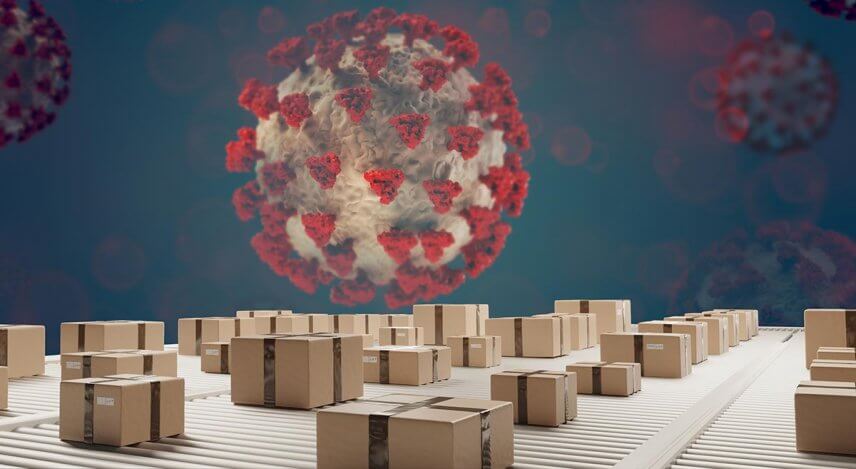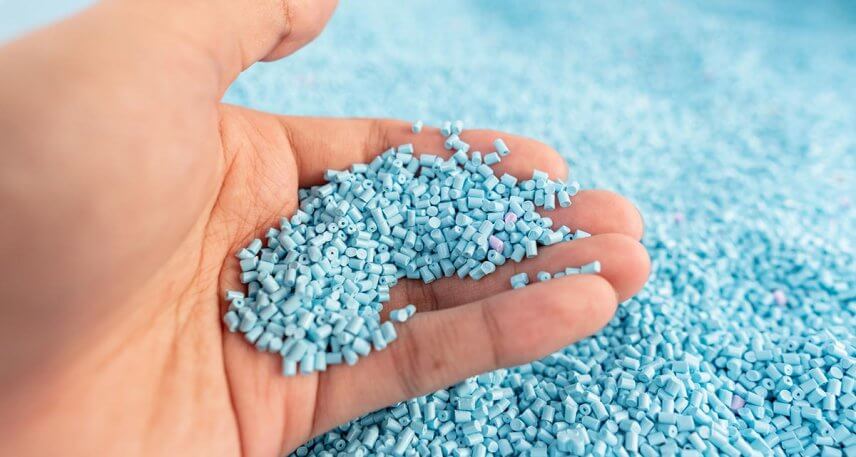 Conditions caused by the COVID-19 crisis disrupted commerce on nearly every level, forcing stakeholders to respond on the fly. With the economic recovery in sight, companies regularly encounter trials and tribulations of a “new normal.”
Conditions caused by the COVID-19 crisis disrupted commerce on nearly every level, forcing stakeholders to respond on the fly. With the economic recovery in sight, companies regularly encounter trials and tribulations of a “new normal.”
Among the most daunting challenges facing producers and their contract packaging partners, global supply chain problems continue to frustrate rapid recovery efforts. As manufacturers struggle to obtain affordable raw materials required to meet rebounding consumer demand, packaging companies confront delays and logistics setbacks unique to this transitional period.
Global Pandemic Fuels Supply Chain Disruptions
A recent article published by the Biden administration identified several factors impacting today’s supply chain. According to The White House, shortages and other supply chain problems are widespread and one group is particularly vulnerable. Businesses with complex supply chains may be most sensitive to COVID’s economic effects because many manufacturers rely on consistent input from other supply chain stakeholders. Each time shortages and slowdowns disrupt the supply chain, downstream businesses suffer the consequences.
- Low Inventory-to-Sales Ratios – Pandemic supply chain impacts have trickled down to small businesses operating across many sectors, with 36 percent overall reporting delays with suppliers. Complicating supply chain slowdowns are low existing seller inventory levels brought about by the abrupt onset of the coronavirus pandemic. Retailers and producers still carrying low inventories from the pandemic sales shake-up now face an uphill climb restoring raw materials and finished goods to pre-pandemic levels. As sellers and manufacturers ramp up inventory levels, many experience delays related to lagging supply chain conditions.
- Consumer Spending Shifts – As the worst days of the pandemic yield better conditions, consumers continue making major purchases. Home and car sales have exceeded forecasts, placing builders and carmakers a step behind market demand. Supply chain problems such as semiconductor shortages and lack of lumber have left these industries reeling. And as plastics shortages challenge producers and packagers, most sectors of the economy remain on track for further disruption.
- Labor Market Shortages – Coronavirus worries and uncertainty within the labor force have resulted in worker shortages for many industries. With consumer demand on the rise, many firms report difficulty hiring adequate staff to maximize production and keep pace with post-pandemic supply chain demands.
Shortages Result in Across-the-Board Price Increases
Shortages, delays, and other supply chain irregularities impose costs on consumer goods, exacting a price on makers, sellers, packagers, and shippers. End-users ultimately pay the price for production and fulfillment problems, as evidenced by recent inflation and price increases directly related to the coronavirus pandemic.
Between May 2020 and May 2021, commodities prices tracked by the Producer Price Index rose by nearly 20 percent. The climb represents the largest annual increase experienced since 1974.
The current administration predicts supply chain disruptions will be largely transitory, resulting in lower prices on the horizon. Lagging delivery times, for example, are expected to rapidly return to normal, according to surveys conducted by three regional Federal Reserve Banks. As supply chain obstacles diminish and production, packaging, and fulfillment industries once again find their stride, the cost of consumer goods should begin to reflect falling commodities prices.

Carrying the weight of soaring polymer resin costs and other raw material price increases, the packaging industry continues facing disruption first experienced at the pandemic’s onset in 2020. After experiencing falling overall demand in 2019-2020, the global packaging industry faces future challenges responding to post-pandemic consumer shifts.
As lagging sales for consumer goods such as personal care items rebound, sustainability, and consumer experiences are back in the spotlight, raising the stakes for producers and packagers. In order to meet demand and hedge against future supply chain disruption, US industry leaders plan to reshore the supply of raw materials, stock deeper inventories, and source sustainable packaging materials.
Efforts Underway to Strengthen the Supply Chain
A US task force formed to address supply chain problems is focused on both short-term strains hampering economic recovery and long-term issues needing reform. Diversifying the manufacturing supply base and adapting inventory practices are among the supply chain improvements under consideration.
- Production concentrated in too few hands – The COVID-19 health crisis is directly responsible for some supply problems, but in many cases, the coronavirus pandemic accelerated or exposed existing shortcomings within the supply chain. Among them, reliance on too few produces for key components proved disastrous for automakers and other industries beset by slowdown. Modern goods incorporate highly technical components, as well as specialized materials. Combined with the expertise necessary to manufacture consumer goods, makers count on access to critical parts, which often source from a limited number of vendors. When crucial elements of production are concentrated in too few hands, the rest of the supply chain operates at the mercy of its weakest link. According to the Harvard Business Review, identifying and correcting this type of risk and vulnerability is essential to shaping a stronger supply chain for the future. A “China plus one” strategy has been put forth, incorporating regional backup production at sites in Vietnam, Thailand, and similar locales but detractors feel conditions call for greater geographic diversity.
- Resilience without sacrificing competitiveness – As a rule, adaptability benefits businesses; the coronavirus crisis underscored the importance of supply chain resiliency. Given the number of electronics and technical input required to make modern components, manufacturers are not likely to take up in-house production for everything needed, producing finished goods. However, by mapping risk and identifying vulnerabilities specific to their production practices, it is hoped firms in the future will avoid the types of exposure responsible for COVID-related supply chain disruptions. Despite conditions presently undermining the supply chain, consumer demand for low prices has not waned. A challenge looms for makers and sellers; while devising better ways to bounce back under adversity, successful companies must also maintain competitiveness.
- Rethinking lean manufacturing practices – A robust supply chain allows manufacturers to operate “lean” strategies, limiting the number of raw materials held at any given time. Though low inventory levels offer cash flow benefits for makers, overly lean manufacturing practices exposed supply chain weaknesses related to COVID-19. Without abandoning lean efficiencies, companies coping with pandemic fallout may reimagine production practices with supply chain vulnerability in mind.
Established contract packagers are well-positioned to support the flow of consumer goods, but when supply chain infrastructure strains under extraordinary conditions, packaging companies are not immune to disruptive effects. A recent Flexible Packaging article points out supply chain irregularities are nothing new to packaging professionals. Yet the sweeping nature of disruptions associated with COVID-19 and the depth of its global impacts have created a supply chain crisis unlike any other.
